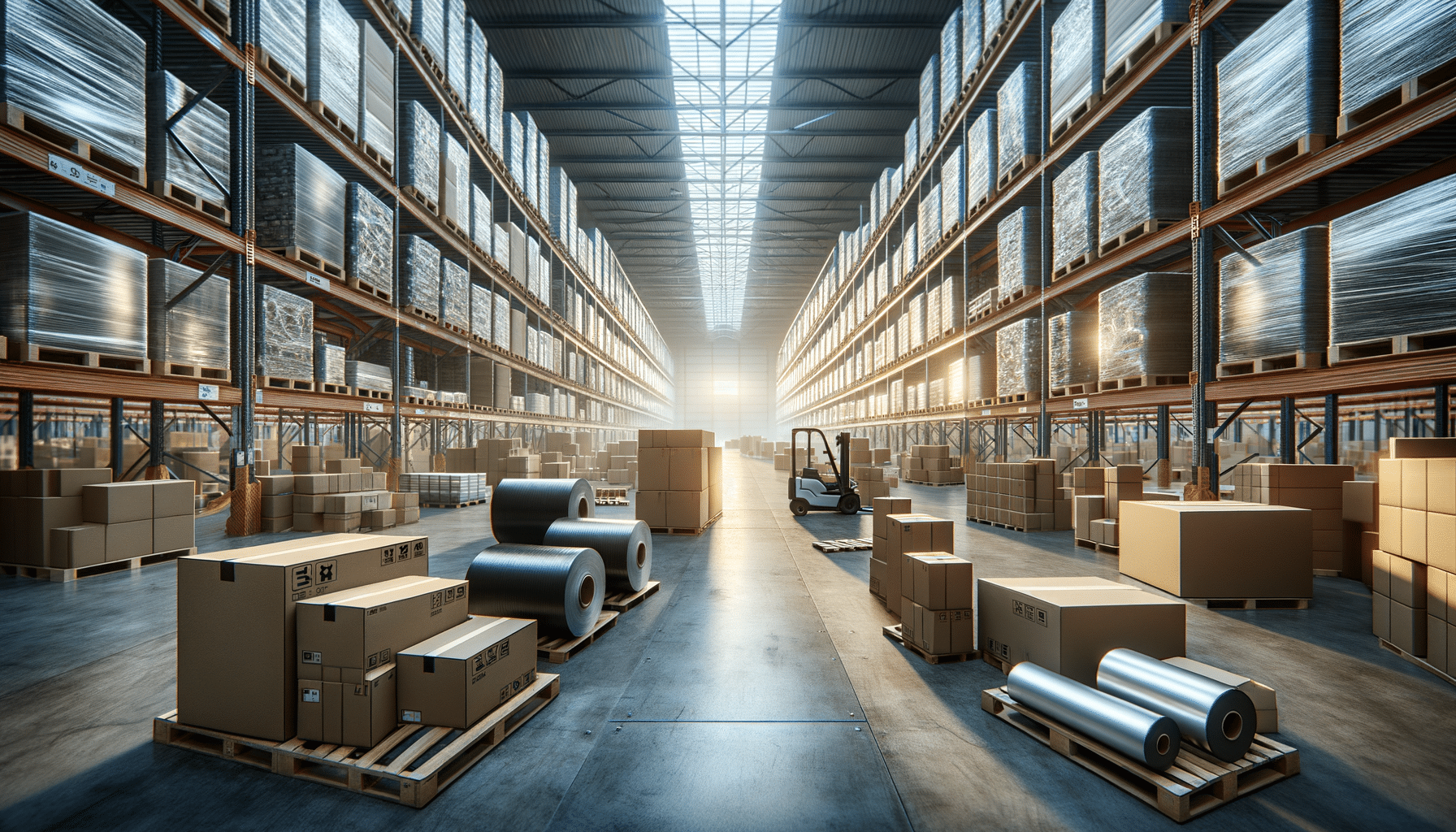
Packaging in Warehouse: A Comprehensive Industry Overview
Introduction to Warehouse Packaging
Warehouse packaging plays a critical role in the supply chain, ensuring that products are safely transported from manufacturers to consumers. It involves multiple processes and systems designed to protect goods during storage and transit. Effective packaging in warehouses is essential for minimizing damage, optimizing space, and enhancing efficiency. In this article, we delve into the significance of warehouse packaging, exploring its various components and how it impacts the broader logistics landscape.
Types of Packaging Materials
Warehouse packaging utilizes a diverse range of materials, each serving specific purposes. Common materials include corrugated cardboard, which offers flexibility and protection for a variety of products. Plastic wraps and shrink films are also widely used for securing items on pallets, providing a layer of protection against environmental factors such as moisture and dust.
Additionally, foam and bubble wraps are employed to cushion fragile items, preventing damage during handling and transportation. The choice of material often depends on the nature of the product being packaged, its size, and the conditions it will face during transit. By selecting the appropriate materials, warehouses can significantly reduce the risk of product damage, thereby enhancing customer satisfaction and reducing costs associated with returns and replacements.
Packaging Techniques and Innovations
Advancements in packaging techniques have revolutionized warehouse operations. Automated systems now play a pivotal role in streamlining the packaging process, reducing human error, and increasing efficiency. Technologies such as robotic arms and conveyor systems are used to handle and package products with precision and speed.
Moreover, sustainable packaging solutions are gaining traction, driven by growing environmental concerns. Recyclable and biodegradable materials are being integrated into packaging processes, reducing the carbon footprint of warehouse operations. These innovations not only contribute to environmental sustainability but also offer cost-saving benefits in the long term.
Challenges in Warehouse Packaging
Despite technological advancements, warehouse packaging still faces several challenges. One of the primary issues is maintaining the balance between cost-effectiveness and quality. While it’s crucial to minimize packaging costs, ensuring the protection of goods is equally important. Warehouses must navigate this balance carefully to optimize their operations.
Another challenge is adapting to the rapid changes in consumer demands and e-commerce trends. The rise of online shopping has necessitated faster turnaround times and more efficient packaging processes. Warehouses must continuously innovate to meet these evolving demands, which often requires significant investment in technology and infrastructure.
The Future of Warehouse Packaging
The future of warehouse packaging is closely tied to technological advancements and sustainability efforts. As automation becomes more prevalent, warehouses will likely see increased use of AI and machine learning to optimize packaging processes further. These technologies can predict demand, manage inventory efficiently, and streamline operations, leading to faster and more accurate packaging solutions.
Additionally, the emphasis on sustainability will continue to shape the industry. Warehouses are expected to adopt more eco-friendly practices, such as using sustainable materials and implementing recycling programs. These changes are not only beneficial for the environment but also align with consumer preferences, as more individuals and businesses prioritize sustainability in their purchasing decisions.


